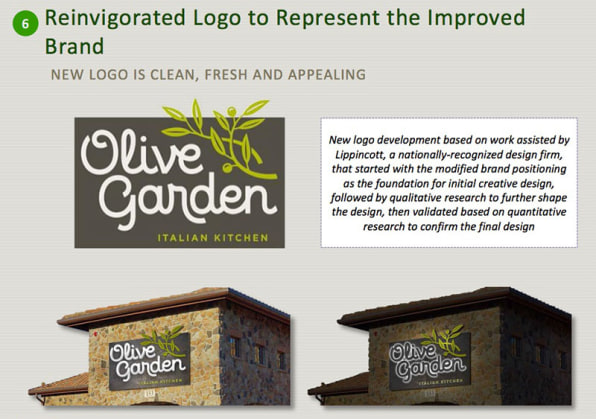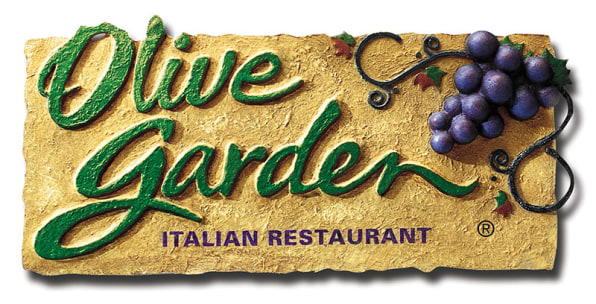Better Homes And Gardens Firet Pit
In a presentation given on Monday to shareholders and investors, Olive Garden announced a so-called brand renaissance, which replaces its old, cheerfully incompetent logo with one that looks as if it were stolen from the header of a vegetarian's WordPress blog.
Along with "new plateware that lets the food be the star" coming in 2015 (read: smaller plates), the new logo is meant to be "clean, fresh and appealing." Designed "based on work assisted by Lippincott," the new logo hasn't been received well, and shares of Olive Garden parent company Darden went down 5% the day of the logo's unveiling.
No wonder. Why mess with a good thing? The old logo–originally unveiled in 1998–perfectly encapsulated what it was like to eat at Olive Garden: namely, terrible. From that perspective, the new logo doesn't push the needle even a little.

Consider, for example, the 16-year-old logo's fake cursive font, so perfectly reminiscent of the label of some off-brand supermarket spaghetti sauce, and thusly, Olive Garden's alleged Italian flavor. Or how about the texture of the logo's background, which looked like papier-mâché stucco that had literally just crumbled off of an Olive Garden's dilapidated walls? Even the logo's choice of fruit–a vine of purple grapes, instead of the olive trees called for by the name of the chain–a visual cue reminding you that the Olive Garden would, without a doubt, get even the simplest order wrong.
You can say that this logo was a bad design hat trick–and you're not wrong–but at least you knew what it meant: bad food served in a depressing mass-produced setting. The perfect description of the Olive Garden eating experience! Compare that to the new logo. As the Consumerist notes, it looks like it was just ripped from a generic package of veggie burgers. At least it knows what an olive tree looks like.

But I still find it lacking. Yes, there's a certain dystopian quality to the new logo's color scheme, as if 1984's Ministry of Plenty had opted to open an Italian restaurant. The gray evokes the ashen complexion of someone who has just discovered that he will be having dinner at an Olive Garden, while the green resembles the complexion of that same patron as he nauseously walks out of the restaurant, his meal completed. Other than that, though, this new logo references barely any of the gastronomic horrors or culinary disappointments that await you.
Is that really good design? Give me the old logo any day. It told anyone who saw it, at a glance, that whatever cuisine this Olive Garden served, it would be artificial, inedible, and served to you by corporate cretins. Now that's truth in branding.
You can read more about the Olive Garden "brand renaissance" here.
Better Homes And Gardens Firet Pit
Source: https://www.fastcompany.com/3027212/olive-gardens-new-logo-is-the-pits
Posted by: fleishmanthorm1942.blogspot.com

0 Response to "Better Homes And Gardens Firet Pit"
Post a Comment